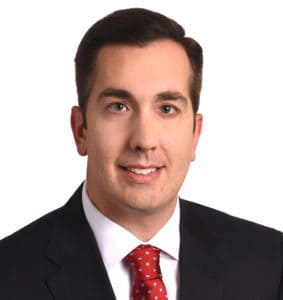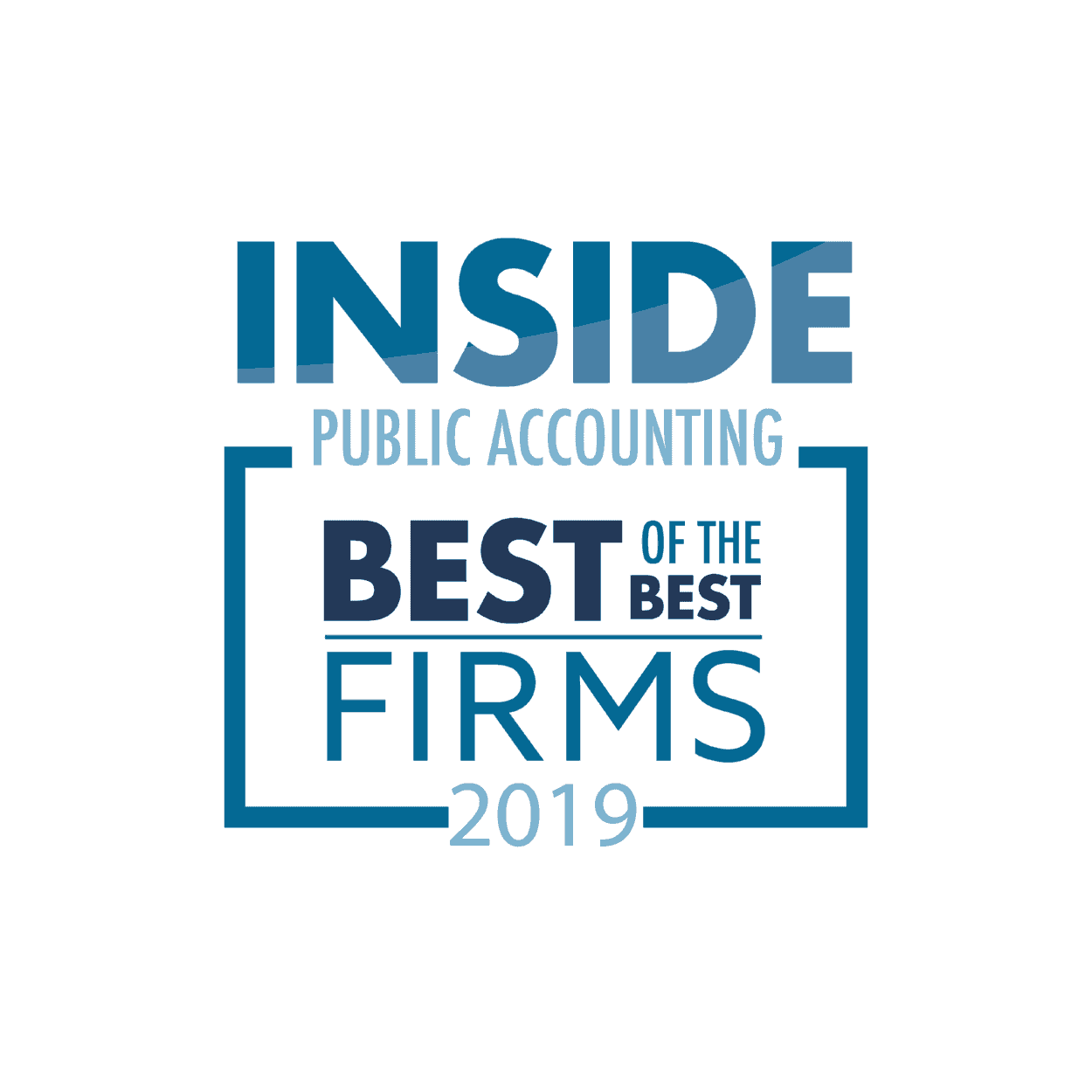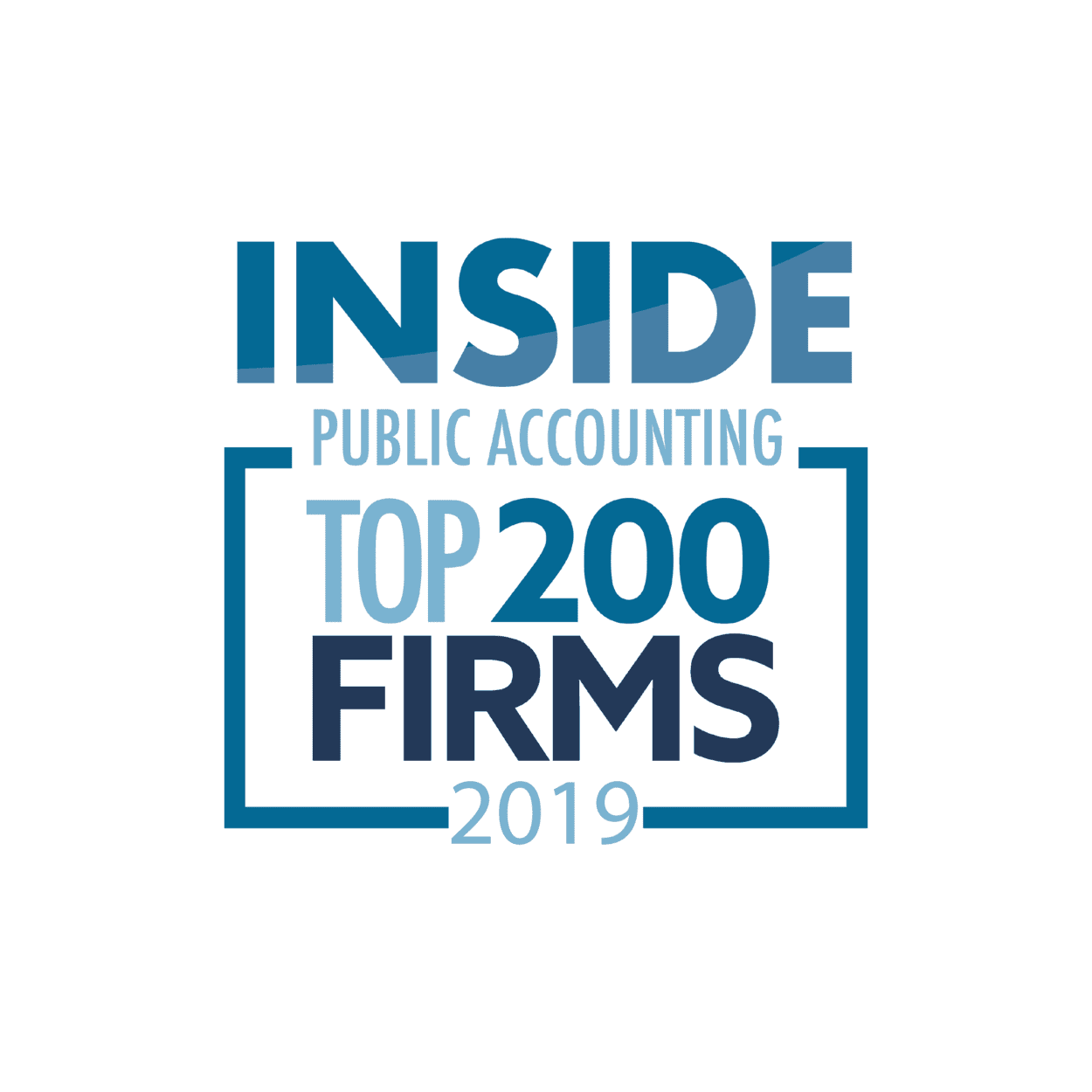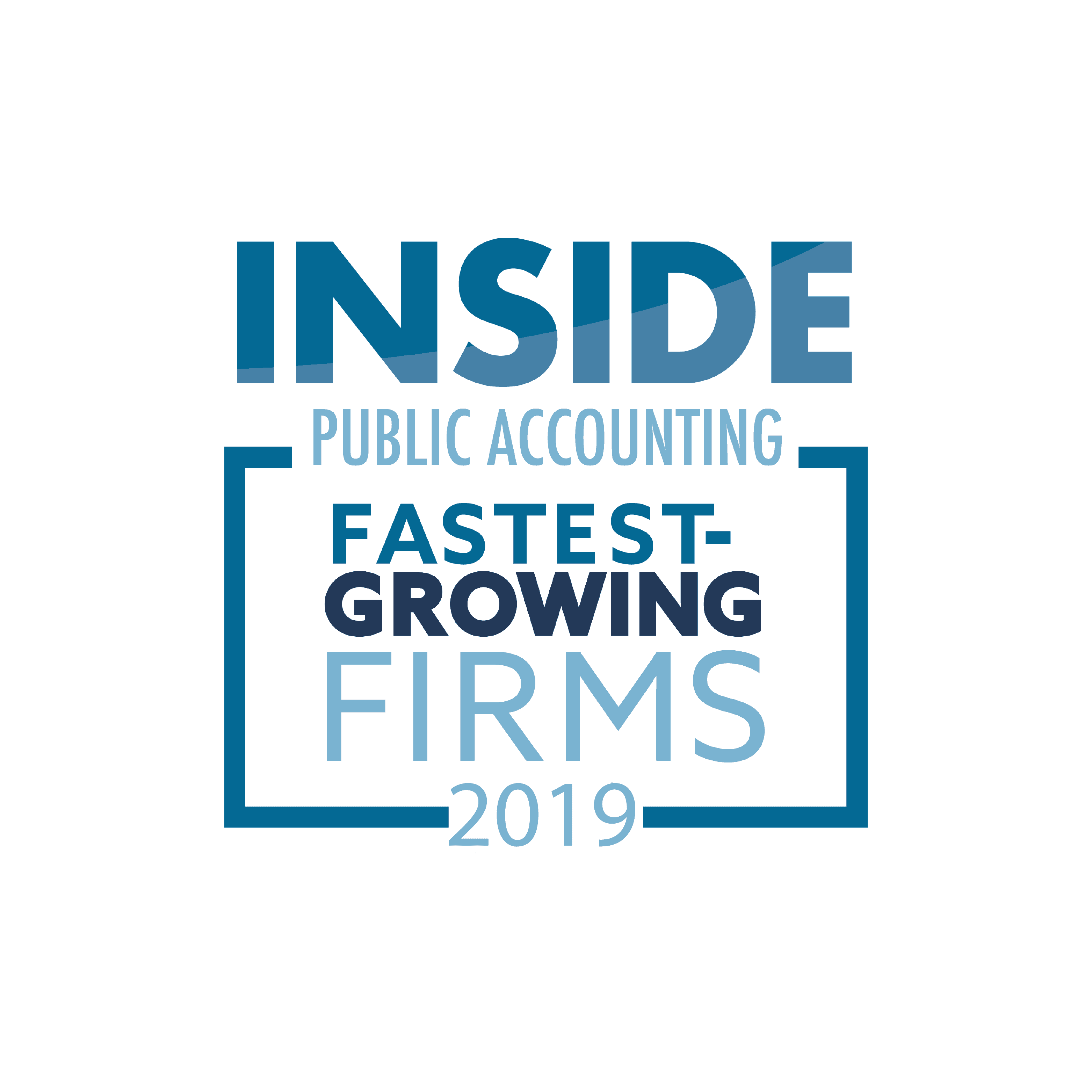Here’s what we have learned from the forgiveness application and instructions issued:
- The 8-week forgiveness period begins on the first day you received your PPP funding and ends 56 calendar days later. This is what is now referred to as your “Covered Period.”
- The SBA recognizes that payroll periods will generally not coincide with your Covered Period. For this reason, it will allow payroll incurred during your 56-day Covered Period to be eligible for forgiveness even if paid after the 56-day Covered Period, as long as it is paid on or before your next regular payroll date after your Covered Period ends. Payroll costs are considered incurred on the day the employee’s pay is earned. This helps clarify the “incurred and paid” question that many borrowers have had.
- The SBA has also created an elected option allowing your “Covered Period” to be adjusted for payroll costs to what is referred to as the “Alternative Payroll Covered Period.” If elected, those with bi-weekly payroll or more frequent payroll may segregate payroll costs into a separate 8-week (56-day) Alternative Payroll Covered Period, which begins on the first day of your first payroll period following the date you received your PPP loan funding. If elected, this will perhaps better match payroll to a 56-day period and allow for a slight deferral of your Covered Period for payroll costs only.
- Just as payroll costs incurred during your Covered Period can be paid after your Covered Period, so can eligible non-payroll costs (rent, interest, utilities). However, to be considered an eligible cost for loan forgiveness, the costs must be paid before their next regular billing date.
- The ordering of the PPP loan forgiveness calculation has been established, as follows:
- First, total all of your eligible costs for the 56-day Covered Period.
- Next, reduce that dollar amount for any pay reduction greater than 25% during your Covered Period.
- Then, reduce that amount by applying your full-time equivalent (FTE) quotient for reductions in headcount during your Covered Period, which will result in what is called the “Modified Total.”
- Your forgiveness amount will be the lesser of your PPP loan amount, the “Modified Total” or the amount that is calculated by the 75% payroll cost requirement. The 75% payroll cost requirement “cap” is calculated by simply dividing your eligible payroll costs by 0.75.
- The statutory 25% salary and hourly wage reduction calculation, including safe harbor eligibility, is a dollar-for-dollar reduction and must be calculated employee by employee, if applicable.
- The statutory full-time equivalent (FTE) reduction calculation is also an employee-by-employee calculation. It will be based upon a 40-hour workweek, and there are multiple periods that you may need to calculate, as follows:
- Average FTEs during your 8-week Covered Period
- Average FTEs during your elected reference period (either January 1, 2020 – February 29, 2020, or February 15, 2019 – June 30, 2019)
- FTEs for the safe harbor applicability, if necessary (no later than June 30, 2020)
- FTEs for the pay period including February 15, 2020, if necessary
- You will need to perform calculations #1 and #2 to determine if you have an FTE reduction. If you have an FTE reduction (#1 is less than #2), then you will need to calculate #3 and #4 to determine if you achieved the FTE safe harbor, which will remedy a reduction in your loan forgiveness. You can achieve the FTE safe harbor if your FTEs, as of June 30, 2020, reach the levels of your payroll period that includes February 15, 2020.
- You will not be penalized in your FTE calculations for employees to whom you made a good-faith offer to rehire, were terminated for cause or who resigned, and those positions are not yet filled by a new employee. You will also not be penalized if an employee voluntarily requests to have their hours reduced.
- The instructions include a detailed list of documents you will need to produce as part of your PPP loan forgiveness application. Those documents will need to be retained for 6 years after forgiveness for any further SBA inspection.
There are still a number of questions that remain unanswered by the SBA’s forgiveness application and underlying instructions:
- The term “incurred” is not well defined for non-payroll costs eligible for forgiveness, such as rent, interest and utilities. Other than allowing utility bills to be paid after your Covered Period, but before the next billing date, we continue to recommend you have 56 days of non-payroll costs paid during your 56-day Covered Period.
- There is no guidance on how 2019 retirement plan contributions made during your Covered Period will be treated. Until further guidance, we recommend you include those plan contributions in your forgiveness calculation.
- There was no specific guidance provided on what type of services or transportation costs would be considered as an allowable utility cost.
- Form 3508 does not clarify if retirement, health and other benefits for owners, partners and self-employed individuals are included in the forgiveness calculation. Until specifically excluded, we recommend including in the forgiveness calculation.
The SBA PPP loan forgiveness application and instructions not only provide quite a bit of insight into the forgiveness process but also some timing relief for payroll and other costs. This is a great start, and we await further clarifying guidance from the SBA.
If you need assistance completing your PPP loan forgiveness application and calculating your loan forgiveness amount, our team is available to help. To learn more, visit the COVID-19 Business Services section of our website or contact us. Also, be sure to subscribe here to get our news and alerts as they are released as we are committed to keeping you updated on how to navigate financial challenges associated with the COVID-19 pandemic.
Bert Mills, CPA, is the Managing Partner at Moore Colson. In his role, Bert sets the vision and mission of the Firm and works closely with the Firm’s leadership to drive and implement strategies.
Chris Arnone, CPA, is a Partner and Business Assurance Practice Leader at Moore Colson. Chris has over 20 years of experience providing audit, accounting and consulting services for companies in the transportation, manufacturing, distribution, staffing, private equity and venture capital industries.
Andy Starnes, CPA, is a Partner and Tax Services Practice Leader Moore Colson. Andy’s specialties include corporate tax compliance and planning, business consulting and multi-generational planning with a focus on the construction, professional services and staffing industries.
Steven Murphy, CPA, is a Partner in Moore Colson’s Tax Services Practice. He is the Practice Leader for the Transportation Industry and also serves as the Tax Practice Leader for the Retail Industry. Steven has over 20 years of experience leading tax engagements and implementing tax strategies.










0 Comments